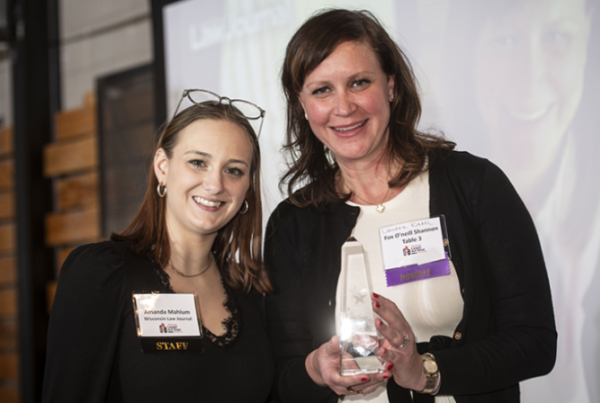When investigating the divorce process, one confusing area for many clients is the differences in process and effect between the formal status of a “legal separation” and a “divorce.”
Understanding the differences between the two can help you weigh your options and decide which process is best for you.
The process for a “legal separation” and a “divorce” is essentially the same in Wisconsin.
Both result in property division, debt allocation, financial support orders, and custody and placement determinations. The primary difference is that, in a legal separation, the parties must testify that the marriage is “broken.”
In a divorce, the parties must testify that the marriage is “irretrievably broken.”
While this may seem like a small difference in semantics, there are major differences in the result.
In a divorce, the parties are free to marry anyone six months after the divorce is finalized.
With a legal separation, the parties are prohibited from remarrying until a divorce is granted.
Clients often ask “What if we just live separately and don’t share any income or costs? Does that mean we are legally separated?”
If a court has not entered a formal order for legal separation, you and your spouse are simply “physically separated.”
Under the eyes of the law, you are still married.
So, when would someone choose a legal separation vs. a divorce?
Many people choose legal separation over divorce for personal, religious, or moral reasons.
Historically, people used a legal separation to allow one spouse to continue receiving health insurance coverage.
Many policies currently prohibit that practice.
Clients also ask “If my spouse and I get a legal separation, do I need to file a case for divorce later?”
No.
One year after a legal separation is granted, either party may move the court to convert the legal separation to a divorce.
If both parties agree, they can avoid a court fight and stipulate to this conversion.
If you have questions about legal separation or divorce, contact the attorneys at FOS.
They can help make sure that you choose the process that is right for you.




